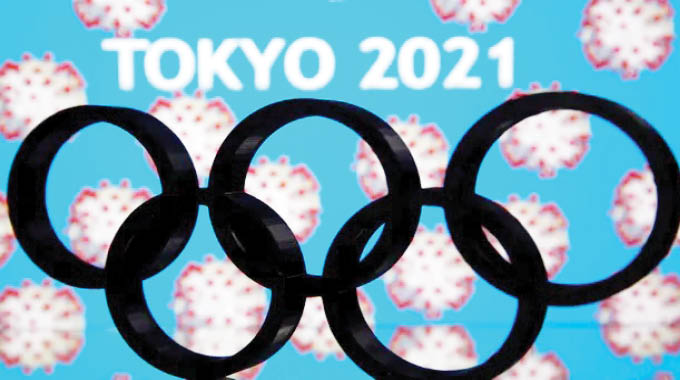Mat’land to generate 1k MW solar power

Oliver Kazunga, Senior Business Reporter
MATABELELAND region has the potential to generate close to 1 000MW of electricity from the proposed solar photovoltaic projects by Independent Power Producers (IPPs).
Since 2010 the Zimbabwe Energy Regulatory Authority (Zera) has approved power generation licences from more than 70 IPPs interested in setting up solar projects in different parts of the country including Matabeleland region.
Yesterday, Zera issued a public notice advising that it had received an application from another IPP, AF Power Zimbabwe, which intends to establish a 50MW solar power plant in Upper Nondwane area, Bulawayo District.
“Zera has received an application from AF Power Zimbabwe (Private) Limited to construct, own, operate and maintain a 50MW solar PV power plant in Upper Nondwane, Bulawayo District,” said Zera.
“The applicant intends selling the power generated to Zimbabwe Electricity Transmission and Distribution Company (ZETDC).
“The project will be connected to the grid through the Marvel-Turk 88 (132) kilovolt transmission line,” said the energy regulator.”
Some of the proposed similar solar projects in Matabeleland include three power plants in Bulawayo, Plumtree and Beitbridge by Intratrek Zimbabwe and a Chinese firm, CHiNT Electric Co Ltd, that have a combined output of 300MW.
Other projects that have been proposed in the region include the 50MW solar power plant by GDE Bulilima Solar Energy at a farm in Matabeleland South, Gwayi Solar, which also entails a 50MW plant in Gwayi, Matabeleland North by Kusile District Council, National University of Science and Technology’s 5MW solar plant and the the 10MW Plumtree solar project.
The IPPs for Matabeleland South also include the controversial 100MW Gwanda solar power project, which Intratrek, a company owned by a Harare-based flamboyant businessman, Mr Wicknell Chivayo is supposed to establish.
Last year, Zera issued a 108MW power generation licence to PowerVentures after the IPP submitted an application to the energy regulatory authority to build a solar park at Chidome Ward in Hwange.
In 2019, another IPP, ParValue was also issued with a licence to build a 50MW solar power plant in Westgate, Bulawayo.
Uhuru Energy is also among the IPPs that in recent years made a proposal to Zera to build, own and operate a 75MW power plant in Bulawayo.
The projects, which are said to be at different stages of implementation while some of them have remained in limbo since 2010, prompting Government to announce the intent to withdraw the licences.
While Zera executives were not reachable for comment, economic analyst and former Zimbabwe National Chamber of Commerce president, Mr Obert Sibanda, said it was worrying that some of these projects had taken long to implement.
Last year Zera threatened to withdraw licences from a number of IPPs that were yet to start implementing their projects.
The push to stem speculative tendency in generation licences comes at a time when the power utility is relying on imports from regional utilities such as Eskom of South Africa and Cahora Bassa Hydro Electric of Mozambique.
The country consumes an average of 1 400MW daily in summer and 1 600MW in winter and as of yesterday, the Zimbabwe Power Company indicated that the power utility was producing 770MW.
Under the Second Republic led by President Mnangagwa, Government has prioritised investment in power generation, which for decades has been lacking resulting in the power deficit.
Government has completed the Kariba South Hydropower Station expansion which has seen the country’s major power plant’s installed capacity improving to 1 050MW after the addition of Units 7 and 8 that have a combined output of 300MW.
However, the plant’s generation capacity has remained constrained due to low water levels at Kariba Dam. As of yesterday, according to ZPC, Kariba was generating 415MW. Prior to expansion works, Kariba’s installed capacity was 750MW.
Expansion work is also being undertaken at the country’ largest thermal power plant in Hwange.
Upon completion the project, which at the moment is 39,4 percent complete, will see another 600MW of electricity being added onto the national grid raising the plant’s installed capacity to 1 520MW from 920MW. ZPC also indicated that Hwange was producing 355MW yesterday while the country’s other small thermal power stations, Bulawayo, Munyati and Harare were at zero. – @okazunga.








Comments